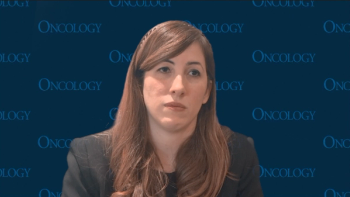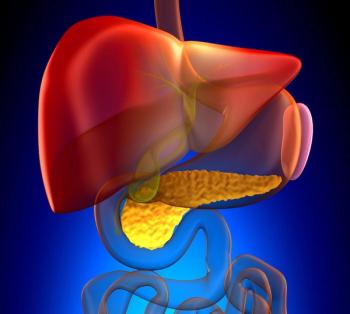
Performing Timely Testing in Novel Brain Cancer Therapy Development

Shwetal Mehta, PhD, highlights novel brain cancer drug development procedures in the clinical lab and pre-clinical arms of the Ivy Brain Tumor Center.
In a conversation with CancerNetwork®, Shwetal Mehta, PhD, outlined the Ivy Brain Tumor Center’s philosophy in delivering scientifically rigorous and timely solutions in the development of novel therapeutic strategies for patients with brain cancer.
Specifically, Mehta, the deputy director and pre-clinical core leader at the Ivy Brain Tumor Center of Barrow Neurological Institute in Phoenix, Arizona, highlighted 2 overarching focus areas at her institution. She described the processes of a clinical lab that specializes in screening patient tissue samples, which can help determine a patient’s eligibility for clinical trials while elucidating the brain-penetrant abilities of investigational agents. Additionally, a pre-clinical arm of the institution helps with identifying drug candidates that have demonstrated efficacy in other cancer types and may yield additional benefits in brain cancer.
Transcript:
At the Ivy Brain Tumor Center, even within the research arm, our philosophy remains the same: to be patient-focused. We want to ensure that we are scientifically rigorous when we are asking questions. We’ll also be mindful of the time constraints and provide quick answers back to the patients, whether they’re going to be eligible for the drug that we are testing and whether the drug is showing any activity in their tumor.
Within the research team, we have 2 broad focus areas. We have the clinical lab that performs tissue screening for trial eligibility. They would also then test the tissue once the patients have taken the drug for a few days to see whether the drug is reaching the regions of the tumor where the blood-brain barrier is intact and modulating the target. If we do see activity within the brain, then that patient is eligible to start taking the drug therapeutically long-term. But if the answer is no, then they can decide to stop and enroll into something else that’s going to benefit them. We also have a pre-clinical arm where we move, identify, and screen novel drug therapies for brain cancer; some of [the ones that] have been promising in other cancers but haven’t been tested in [glioblastoma]. Again, we employ the same philosophy here. Is this drug reaching the brain? Does it have activity? Do we think this is going to be promising for patients? Only once we’ve screened them here in this stage [do] we put those forward into a clinical trial.
Newsletter
Stay up to date on recent advances in the multidisciplinary approach to cancer.


















































































